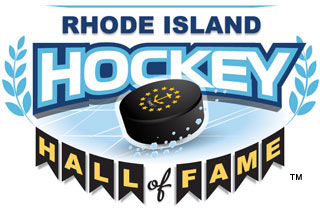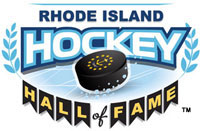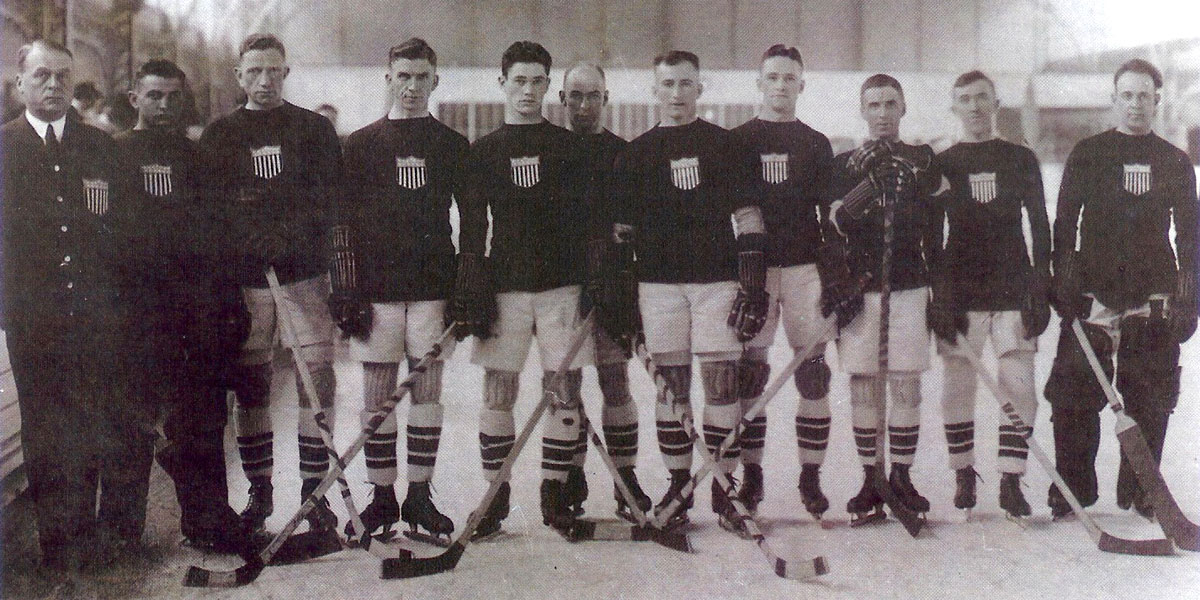It may seem odd, but the very first Olympic ice hockey tournament did not take place in Winter. It was held at the 1920 Summer games in Antwerp, Belgium.
At the time, organized international ice hockey was still relatively new. The International Ice Hockey Federation (IIHF), the sport’s governing body, was created on May 15, 1908, under the name Ligue Internationale de Hockey sur Glace. At the 1914 Olympic Congress in Paris, ice hockey was added to the list of optional sports that Olympics organizers could include. The decision to include ice hockey for the 1920 Summer Olympics was made in January, three months before the start of the Games in Antwerp.
The tournament was played by seven-man teams, with a “rover” position being used, rather than six-man squads. Each game consisted of two 20-minute periods and there were no substitutions. If a player was injured, the opposing team was required to pull one of its players.
The Europeans were in awe of the North American style of play. In the words of Oscar Soderlund of the Swedish side, “Every single player on the rink (during the Canada-USA match) was a perfect acrobat on skates, skated at tremendous speed without regard to himself or anyone else, jumped over sticks and players with ease and grace, turned sharply with perfect ease and without losing speed, and skated backwards just as easily as forwards. And during all this, the puck was held down on the ice and was dribbled forwards by means of short shoves of the stick.”
Canada captured the gold medal with the USA securing the silver and Czechoslovakia the bronze.
Canada was represented by the Winnipeg Falcons, which had just defeated the University of Toronto for the Canadian Amateur Championship. The invitation to the Olympics came at such short notice that the Falcons didn’t have time to return home to Winnipeg. Funds had to be raised to buy the players new clothes for the overseas journey. All of the Canadian players were of Icelandic origin except goalie Wally Byron, and the team name, Falcons, was the symbol of Iceland.
The U.S. team, for its part, included four Canadian citizens who played for U.S. clubs and one player, George Geran, who had played in the NHL. The most lopsided match of the tournament was the U.S.’s 29-0 defeat of Switzerland. The Americans scored a goal a minute for the first 13 minutes and scored one goal while two men short. Tony Conroy led the scoring with 8 goals.
Posted by RIHHOF


